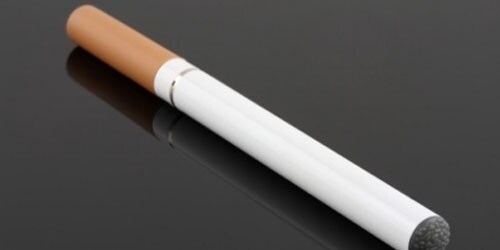Stay cool, breathe easier
For sufferers of chronic obstructive pulmonary disease (COPD), keeping cool during the sweltering summer months is about more than just staying comfortable. It also could be a key to easier breathing. Generally, older adults and those with chronic medical conditions are more prone to heat stress. In the case of adults with COPD, very hot weather can exacerbate flare-ups. As the body works harder to maintain a normal temperature in the face of extreme heat, more oxygen is required, which can lead to shortness of breath, note COPD Foundation experts. Too-warm indoor temperatures can pose breathing problems, too. When inside air gets too hot, adults with COPD may have an increase in symptoms and decline in lung function, according to recent Johns Hopkins University research presented at the 2014 American Thoracic Society International Conference. Having access to air conditioning is the best way to protect against heat-related flare-ups and other illnesses. But even for those without air conditioning at home, there are other ways to stay comfortable. Here are a few ways the CDC recommends staying cooler in the face of extreme heat: Go to air-conditioned public facilities. A few hours spent in cooler temperatures are better than none at all. Shopping malls and libraries are good choices, as are nearby heat-relief shelters (find them by calling your local health department). Take cool showers or baths. They’ll help make it easier to maintain a normal body temperature. Keep the oven and stove off. Using either can raise the temperature in your home. Drink more fluids. That goes even if you aren’t physically active, and don’t wait until you’re thirsty to drink. (If your doctor limits the amounts of fluids you should drink, have a chat about how much water you should be drinking on hot days.) Wear the right clothing. Loose-fitting, lightweight, light-colored clothes help you stay cooler and more comfortable. Don’t rely on fans. They might provide some comfort, but won’t stave off heat-related illnesses once temperatures reach the upper 90s. Finally, caretakers should monitor those at high-risk for heat-related illnesses, such as adults with COPD, at least twice a day for signs of heat-related health problems. If you think someone is having a heat stroke, call 911 immediately.


